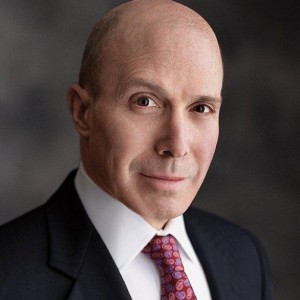Evan Greenberg, Chairman and Chief Executive Officer (CEO) of Chubb, has asserted that the risk landscape is becoming more complex, and that re/insurers must respond to 2017’s costly natural catastrophe events by adjusting their risk-models and doing more to support government programmes.
 In the Chairman’s letter to shareholders, Greenberg claimed that the frequency and severity of natural catastrophes are increasing due to man-made climate change, with droughts, flooding, wind events, and even wildfires all being exacerbated by altered climate conditions.
In the Chairman’s letter to shareholders, Greenberg claimed that the frequency and severity of natural catastrophes are increasing due to man-made climate change, with droughts, flooding, wind events, and even wildfires all being exacerbated by altered climate conditions.
He also cited factors like increasingly urbanised societies with concentrated exposures in areas vulnerable to weather events, like coastlines, and an increasingly globalized, interconnected, and digitised world as complicating the risk environment.
Greenberg said that the devastating natural catastrophe losses that re/insurers and global economies sustained in 2017 were a symptom of this shifting landscape, and suggested that re/insurers must respond by reconsidering the ways they use catastrophe risk models.
He explained: “Given there have been three one-in-100-year floods in 18 months, how can Harvey represent a 1% chance of occurring as the models suggested? Models provide an organized framework for thinking; they don’t represent truth.”
Greenberg suggested that the California wildfires in particular highlighted the significance of what he called non-modelled or poorly-modelled loss, as they resulted in estimated industry insured losses of $12 billion in 2017, and can hardly be written off as an anomaly.
He said: “Whether it’s wildfire or flood, we need a rational and refined approach to risk-taking and a cooperative, less politicized regulatory environment that encourages private sector solutions.”
The letter also observed that the National Flood Insurance Program (NFIP) could not sufficiently cope with the severity of disaster events in 2017, and maintained that the growing U.S flood insurance problem “requires a more comprehensive solution, which includes the expertise and capacity of private insurers.”
Greenberg suggested that, while the federal government may still be valuable as “an insurer of last resort”, private re/insurers have more sophisticated modelling and mapping capabilities and are “more capable of shouldering a major portion of flood insurance responsibility.”
By charging an actuarially sound rate, the private re/insurance market would also be able to reflect the true cost of risk, and incentivise risk-mitigating behaviours in individuals and local governments.


